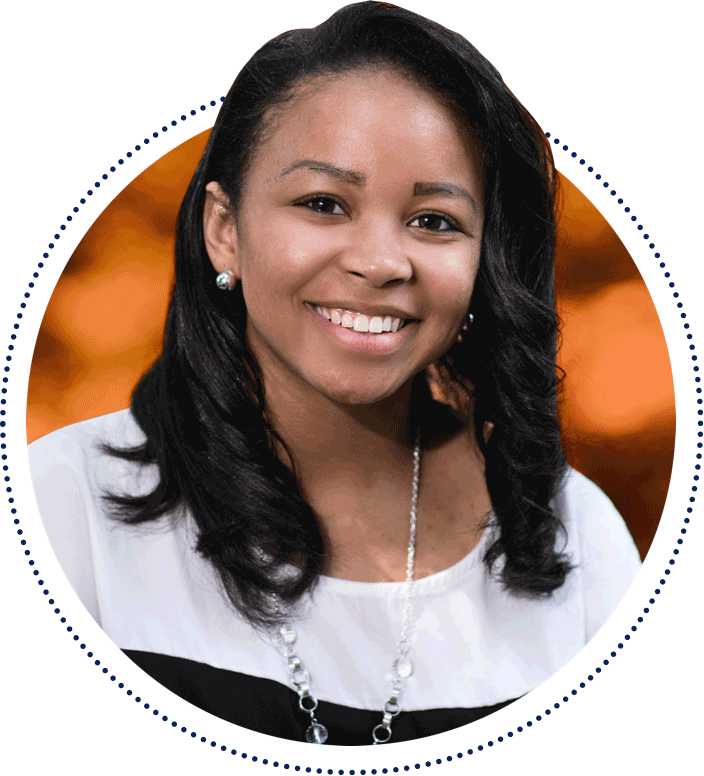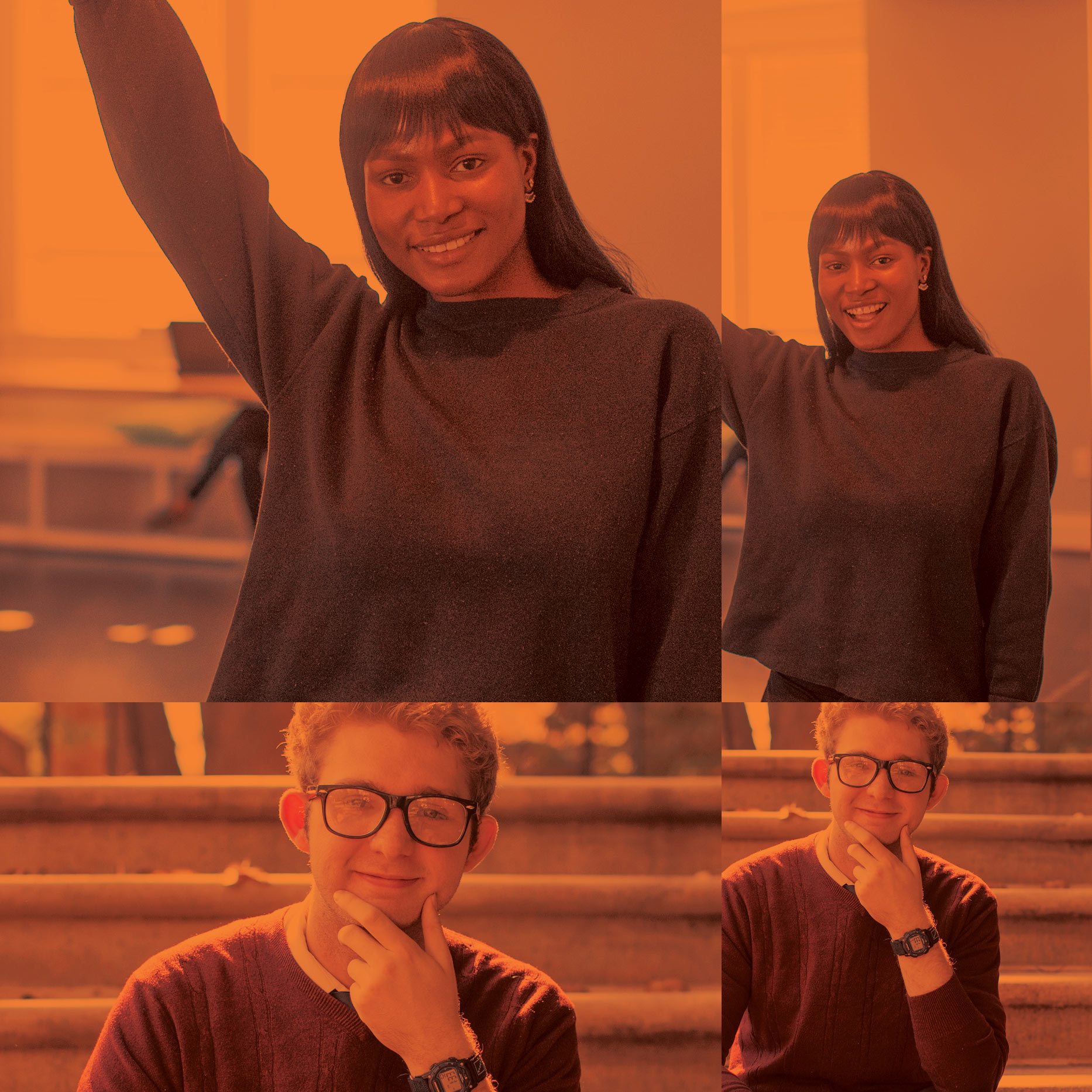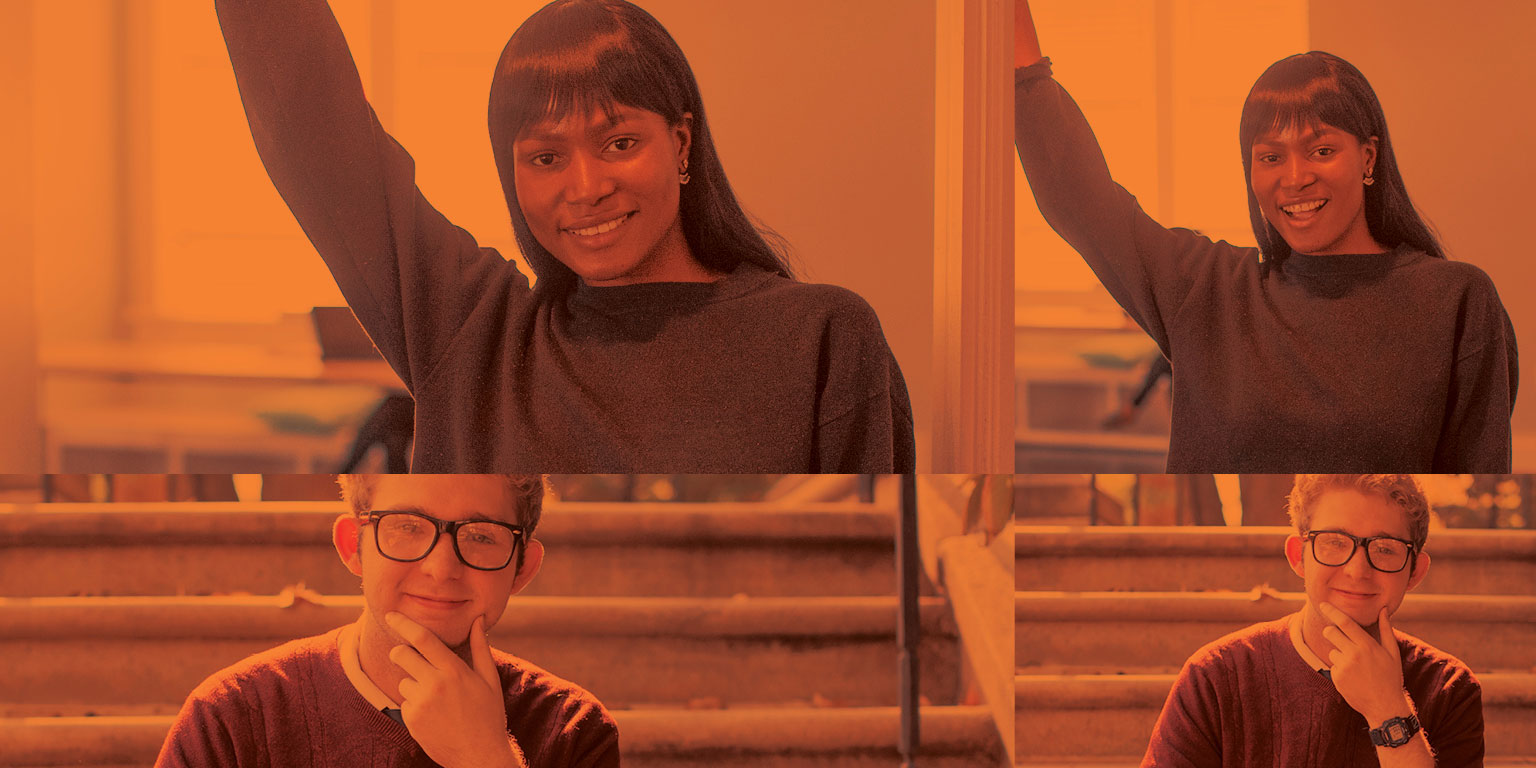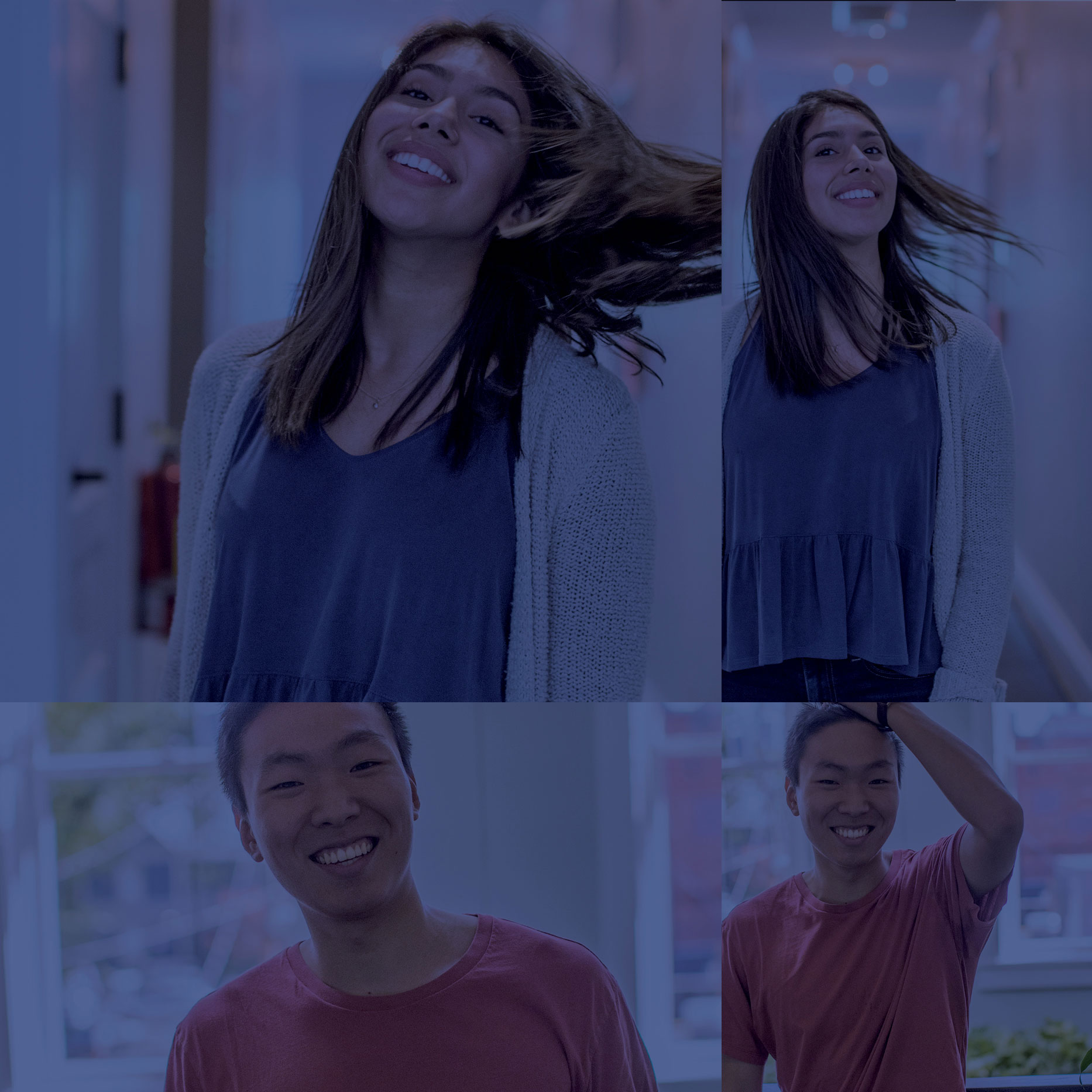


When Kiara Rogers enrolled at UVA, she wasn’t sure where to turn for advice about life on Grounds. Then she got a letter from UVA’s Office of African-American Affairs, pairing her with a student mentor in its nationally recognized Peer Adviser Program.
“To be completely honest, I used my adviser for everything,” Rogers said. “As a first-generation college student, I didn’t know much about navigating this space, and she was really helpful to me regarding classes, social life, how to get internships – just a number of things.”
Now a third-year student in UVA’s Frank Batten School of Leadership and Public Policy and a peer adviser herself, Rogers enjoys offering similar guidance to new students.
“I find it really amazing,” she said. “It gives me great joy because I’ve had so many great experiences with my mentors and my advisers. I hope to do the same thing for entering first-years and transfer students.”


The Peer Adviser Program is one of many elements in a coordinated effort by the University to attract, enroll, retain and graduate talented students from diverse cultural and financial backgrounds.
The effort is producing clear results.
Current institutional data show that the University has experienced a robust expansion in the breadth and depth of its cultural and socioeconomic diversity in recent years.
“I see every day the dedication of countless faculty, staff and community members who are committed to cultivating a more inclusive and welcoming climate for our students,” said Marcus Martin, UVA’s vice president and chief officer for diversity and equity. “Their dedication, along with changing demographics and efforts on behalf of the Admission’s Outreach Office and the Office for Diversity and Equity, have helped the student body become more diverse. A diverse student body will enhance diversity of thought and improve opportunities for learning.”
The number of first-year students (excluding non-resident aliens) who chose “African-American” as at least one of their racial categories has increased each year since 2012.


Steady improvement in these and other critically important metrics reflects expanded and sustained efforts to connect with and welcome potential students from underrepresented populations.
“Over the past five years, the Office of Admission has built an aggressive recruitment and outreach program designed to identify, support and encourage prospective underserved and underrepresented students and families,” said Gregory Roberts, UVA’s dean of admission. “We are developing creative and innovative outreach initiatives that provide practical, helpful, timely and encouraging information to families, especially those who are less experienced and have minimal support.”
The Office of Admission partners with the College Advising Corps in Virginia and community-based organizations nationwide such as Posse, Mastery Charter School, the College Bound Initiative and YES Prep to extend UVA’s reach and strengthen the support network for first-generation and low-income families.
The University’s fall recruitment programs to urban and rural areas of the country, undertaken jointly with Harvard University, Princeton University, Yale University and Wellesley College, allow it to connect with high-achieving, low-income students and spread a message of access, affordability and inclusion.
Additionally, the Office of Admission offers open houses specifically for Hispanic and African-American students. It also waives application fees and provides travel reimbursements to low-income students interested in applying to and visiting UVA.
Between 2012 and 2017, the overall undergraduate population grew by 9.5 percent, while the number of undergraduates who identified as a minority grew by 22.4 percent. UVA last fall reported undergraduate enrollment of 16,034 students.
In that same five-year span, the number of first-years with demonstrated financial need grew by 33 percent. Pell Grant recipients make up an estimated 13 percent of the new class.
The percentage of first-year students with a demonstrated financial need has increased even as the size of entering classes has grown.


The University is committed to making a world-class education attainable for all students and pledges to meet 100 percent of every student’s demonstrated financial need. UVA’s Student Financial Services office, which administers the financial aid program, finds the unique combination of scholarships, grants and loans that fits each student’s needs and works to limit debt after graduation. UVA caps need-based loans to a maximum of $4,500 per year for in-state students and $7,000 per year for out-of-state students. For Virginia students demonstrating high-financial need, loan caps are set at a maximum of $1,000 per year.
The school further lowers traditional financial barriers for all talented low-income students by offering programs such as the Blue Ridge Scholarship, the University Achievement Award and the QuestBridge Scholarship – all of which are designed to reduce the cost of attendance by increasing grant funding and reducing student loans.
Beyond financial aid, UVA has a number of initiatives designed to help students from low-income or first-generation backgrounds thrive in their new environment on Grounds. The Rainey Academic Program, for example, identifies students who are first-generation or have high financial need and offers them the opportunity to take summer classes on Grounds and meet with faculty before their first semester starts. This helps them start building a social support system early and learn about aspects of college life that might be unfamiliar to them and their families.
First-Year Class Consists of First-Generation College Students
“Over the past five years, the Office of Admission has built an aggressive recruitment and outreach program designed to identify, support and encourage prospective underserved and underrepresented students and families.”
— Gregory Roberts
Dean of Admission
First-generation students are defined as the first in their families to attend college.
In addition to its Peer Advising Program, the Office of African-American Affairs hosts the GradSTAR program, an initiative focused on cognitive skills needed for competitive professions or graduate school. The leadership programs of the Luther P. Jackson Black Cultural Center dovetail with GradSTAR and Peer Advising by enhancing leadership skills.
“Equipped with nimble cognitive and non-cognitive skills, our students can be sure to be prepared for the future,” according to Maurice Apprey, dean of African-American Affairs and professor of psychiatry.
The University also offers numerous peer-mentoring and advising programs, including the Hispanic-Latinx Peer Mentoring Program, Peer Advising Family Network, and the UVA Student Council’s ULink, which allows all first-years to apply for an upperclass adviser.
The University’s efforts do not stop there.
“We are proud of our efforts and recent success and we’re thrilled that underserved and underrepresented students see the University as a place where they will be welcomed and supported, inspired and challenged,” Roberts said. “However, we are not finished. With the support of UVA students, faculty and alumni, we believe we can build on our success and further diversify the University undergraduate student body. We look forward to the challenge and are eager to work together as a community to attract and enroll students who will shape this University for years to come.”